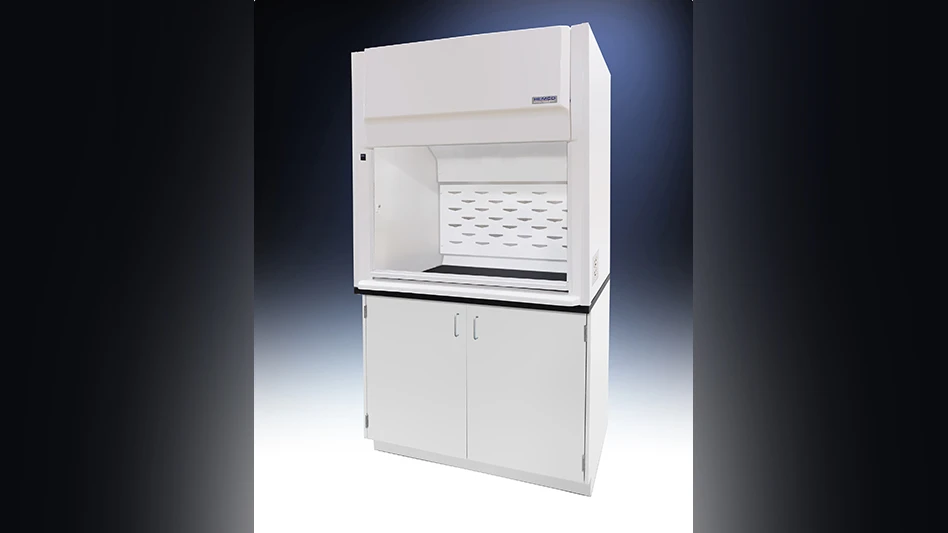
Dallas, Texas – The United States and allied military forces will upgrade their missile defense capabilities under a new $1.1 billion contract for production and delivery of Lockheed Martin-built Patriot Advanced Capability-3 (PAC-3) missiles and PAC-3 Missile Segment Enhancement (PAC-3 MSE) missiles.
The contract includes PAC-3 and PAC-3 MSE interceptor deliveries for the U.S. Army, and Foreign Military Sales of PAC-3 interceptors, Launcher Modification Kits, associated equipment and spares for the Kingdom of Saudi Arabia, the Republic of Korea, and Qatar.
"Our PAC-3 and PAC-3 MSE interceptors are the most trusted and capable terminal air defense missiles in the world, and we're proud to support our customers as they protect soldiers, citizens, and infrastructure from adversary threats," said Scott Arnold, Lockheed Martin's vice president of PAC-3 programs. "All Lockheed Martin-built missile defense interceptors use advanced hit-to-kill technology enabling better accuracy, enhanced safety, and improved reliability when it matters most."
The PAC-3 Missile is a high-velocity interceptor that defends against incoming threats including tactical ballistic missiles, cruise missiles, and aircraft. PAC-3 currently provides missile defense capabilities for six nations – the U.S., the Netherlands, Germany, Japan, United Arab Emirates, and Taiwan. In addition to the three countries included under this contract, Lockheed Martin is also under contract with Kuwait.
Building on the battle-proven PAC-3 missile, the PAC-3 MSE offers a larger, dual-pulse solid-rocket motor, larger control fins, and upgraded support systems. The enhancements nearly double the missile’s reach and improve performance against increasingly sophisticated ballistic- and cruise-missile threats.
On Dec. 10, 2015, A Lockheed Martin PAC-3 Missile Segment Enhancement (PAC-3 MSE) missile successfully engaged and intercepted a tactical ballistic missile target at White Sands Missile Range, New Mexico, as part of a U.S. Army-led missile defense test.
Two PAC-3 MSE missiles were launched to defend against the incoming target, with the first interceptor hitting the target, as planned.
The intercept was the third successful PAC-3 or PAC-3 MSE test since November. On Nov. 12, 2015, a PAC-3 interceptor destroyed an airborne target as part of the U.S. Army’s Integrated Air and Missile Defense Battle Command System fight test; and on Nov. 19, a PAC-3 successfully intercepted a Patriot-as-a-Target (PAAT) at White Sands Missile Range.
Source: Lockheed Martin
Latest from Aerospace Manufacturing and Design
- 2024 Favorites: #10 Article – How 3D-printed aviation parts can accelerate return to air
- 2024 Favorites: #10 News – Boom Supersonic completes Overture Superfactory
- OMIC R&D hosts Supporting Women in Manufacturing Day 2024
- 4D Technology's AccuFiz SWIR interferometer
- Seventh Lockheed Martin-built GPS III satellite launches
- KYOCERA AVX's CR Series high-power chip resistor
- UT researchers receive Air Force grant for wind tunnel
- Monticont's linear voice coil servo motor





